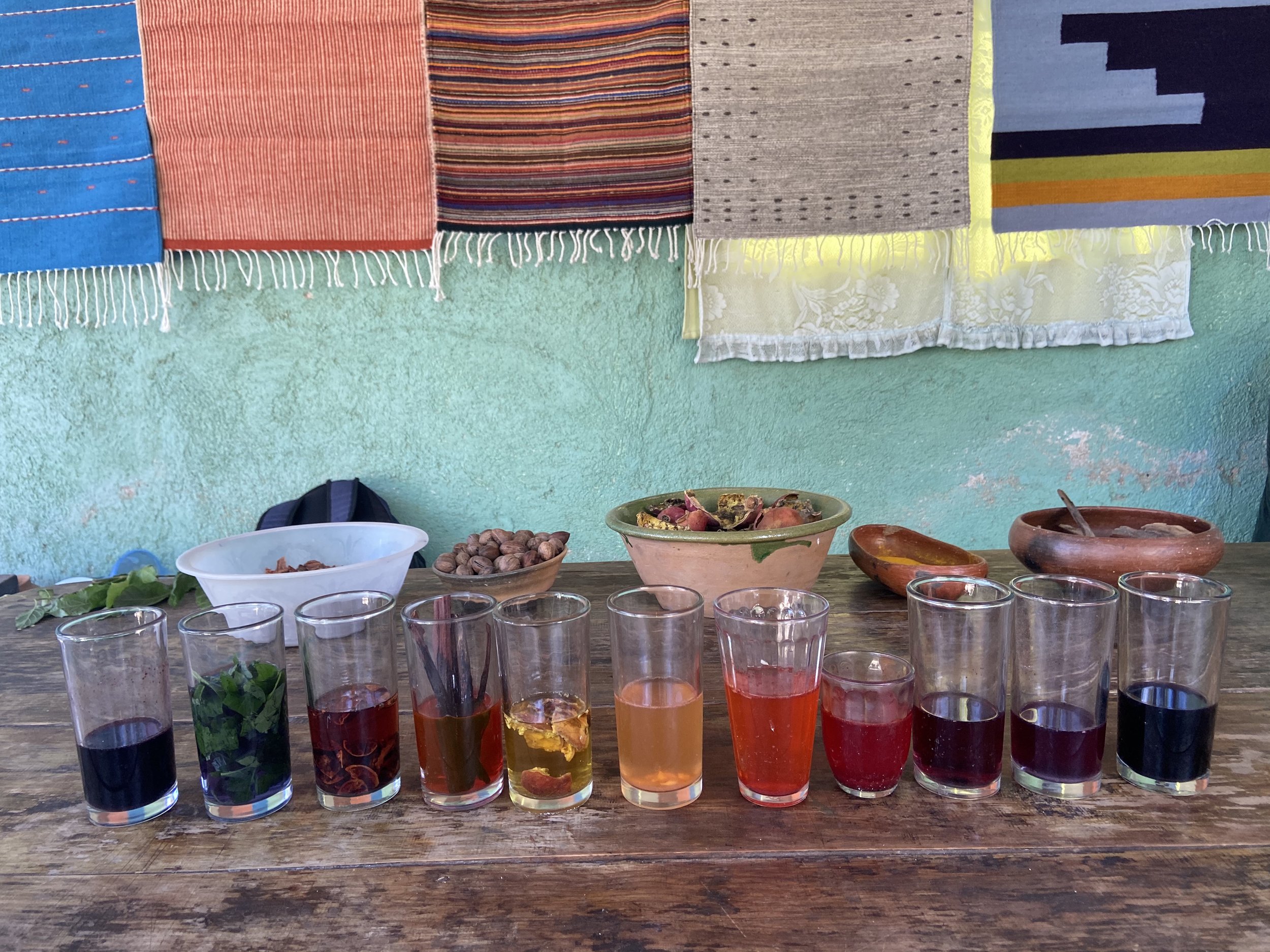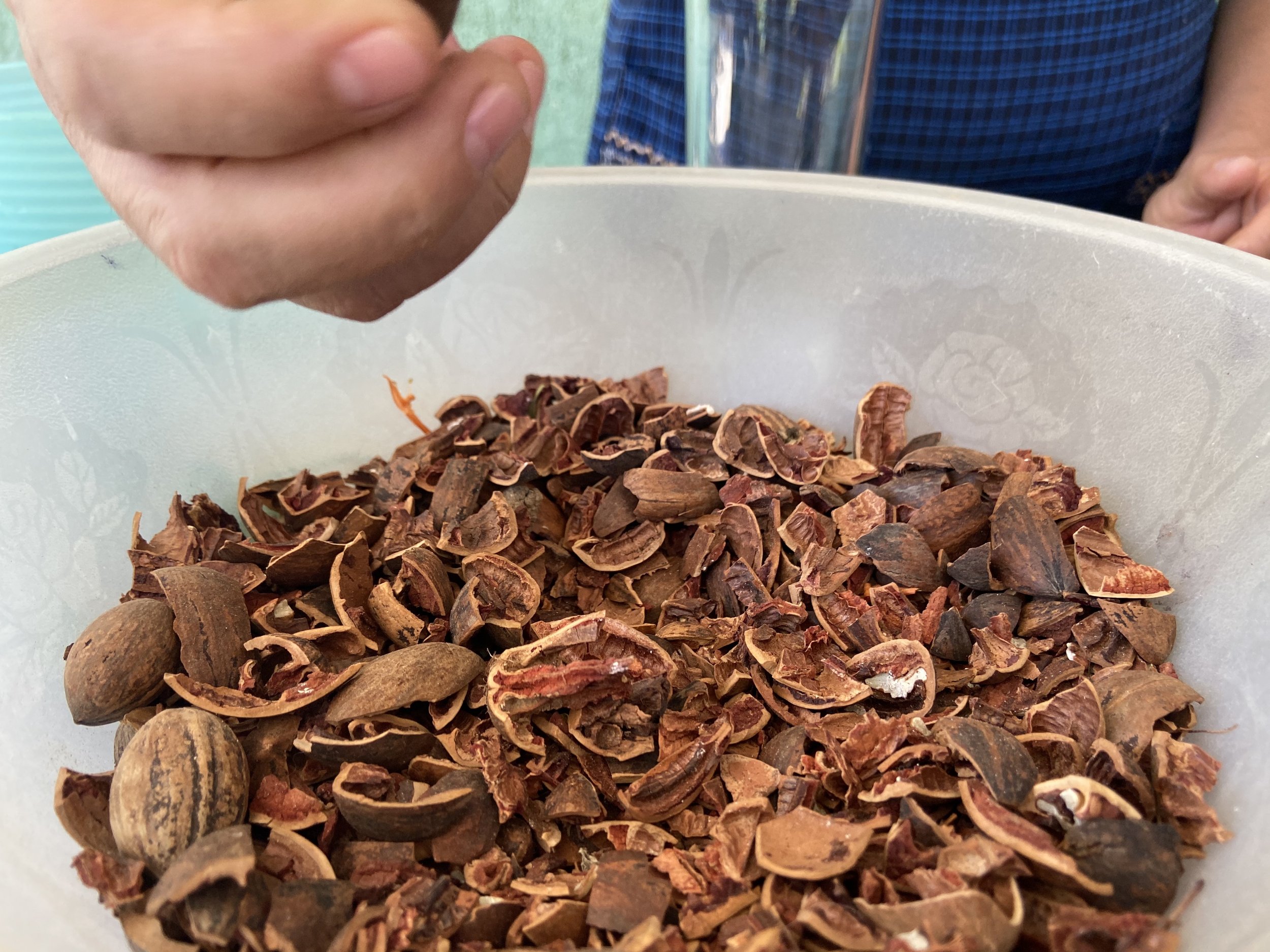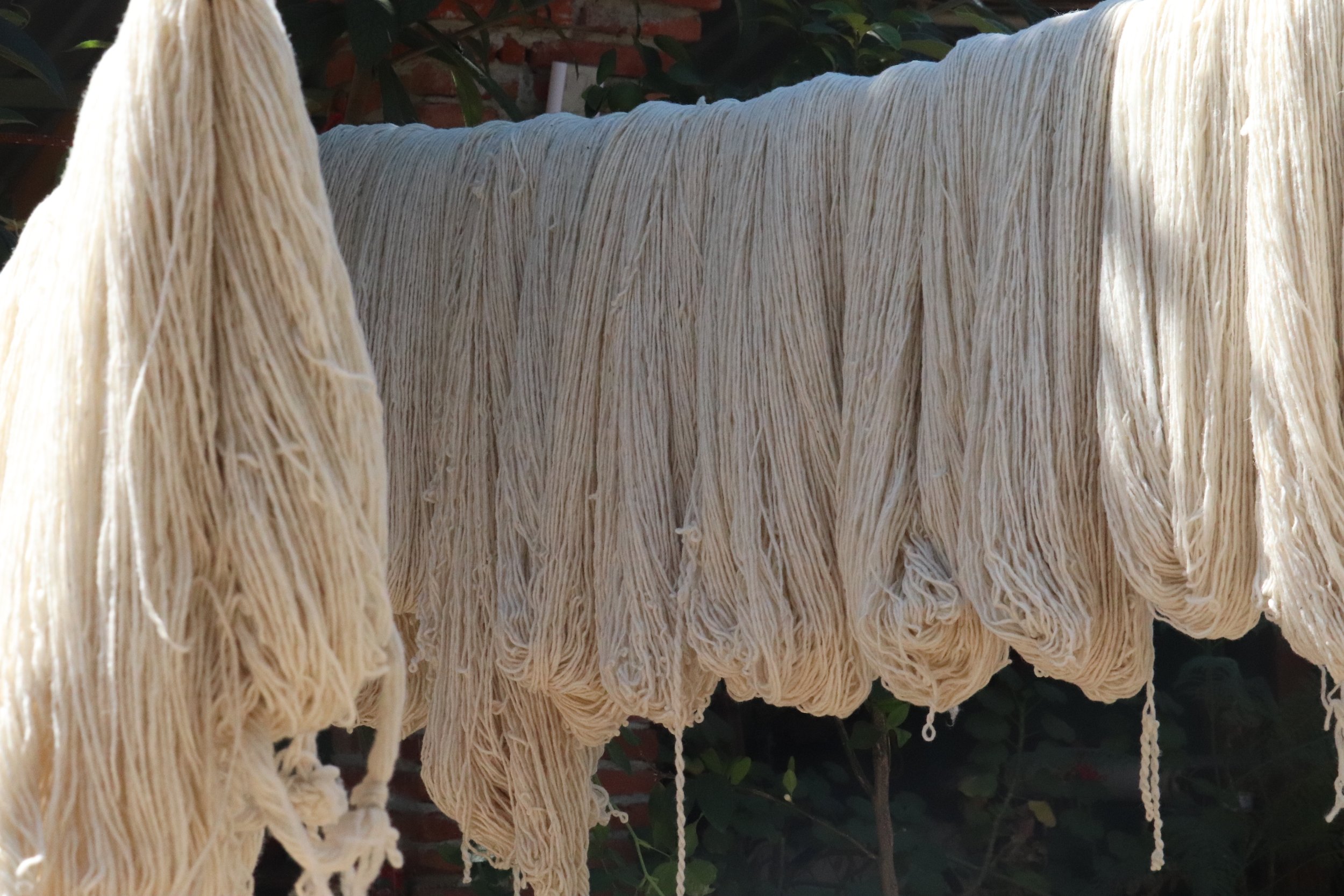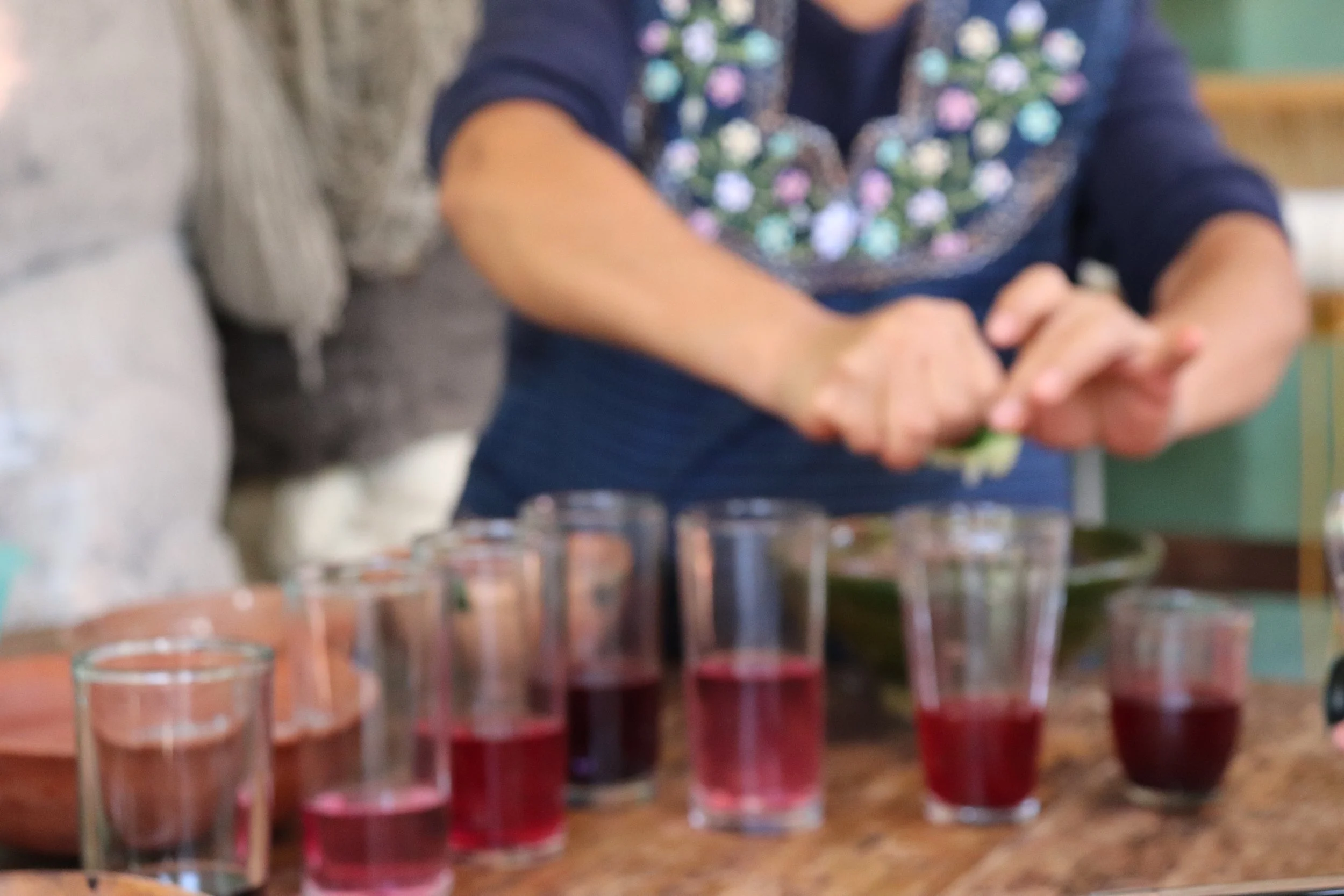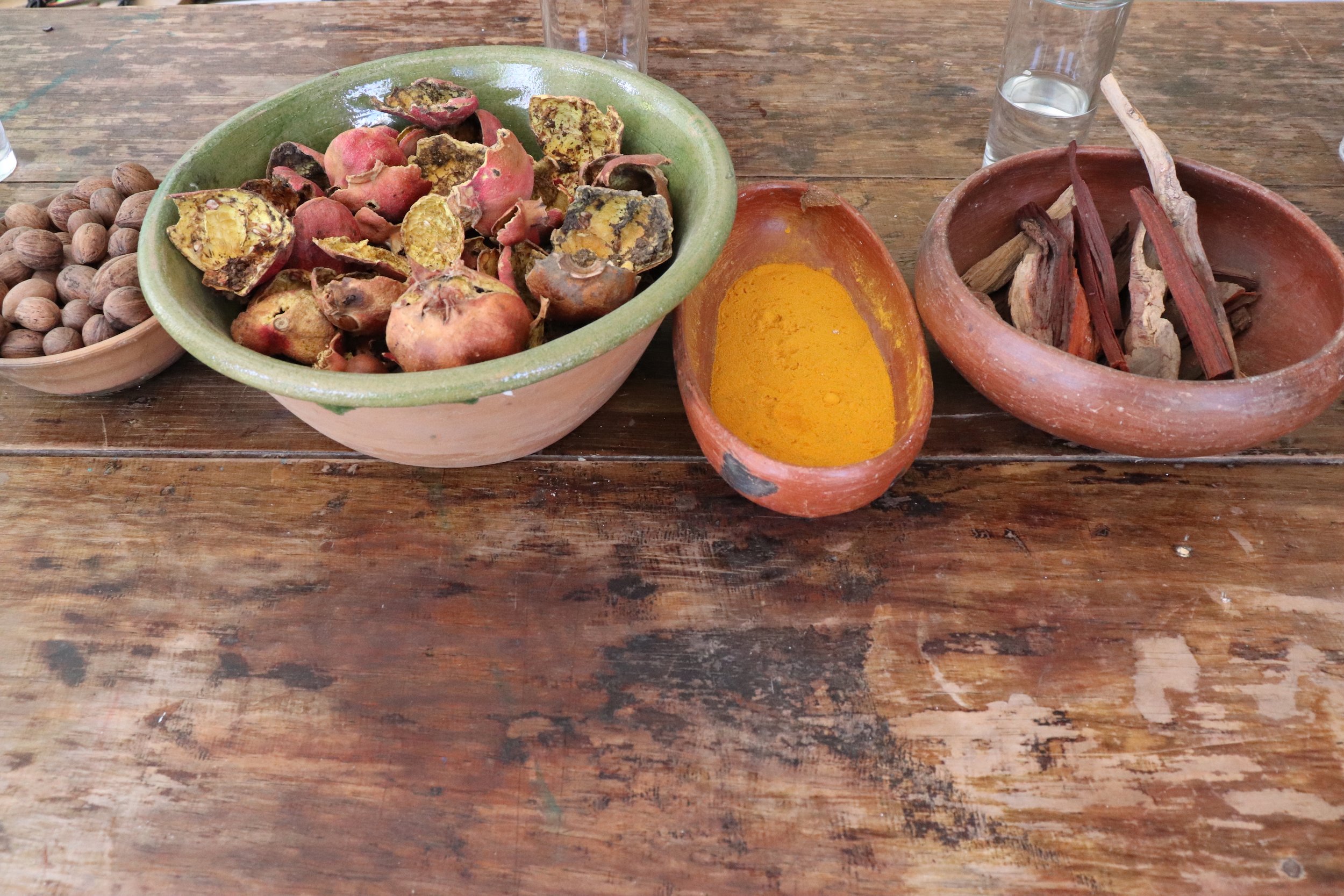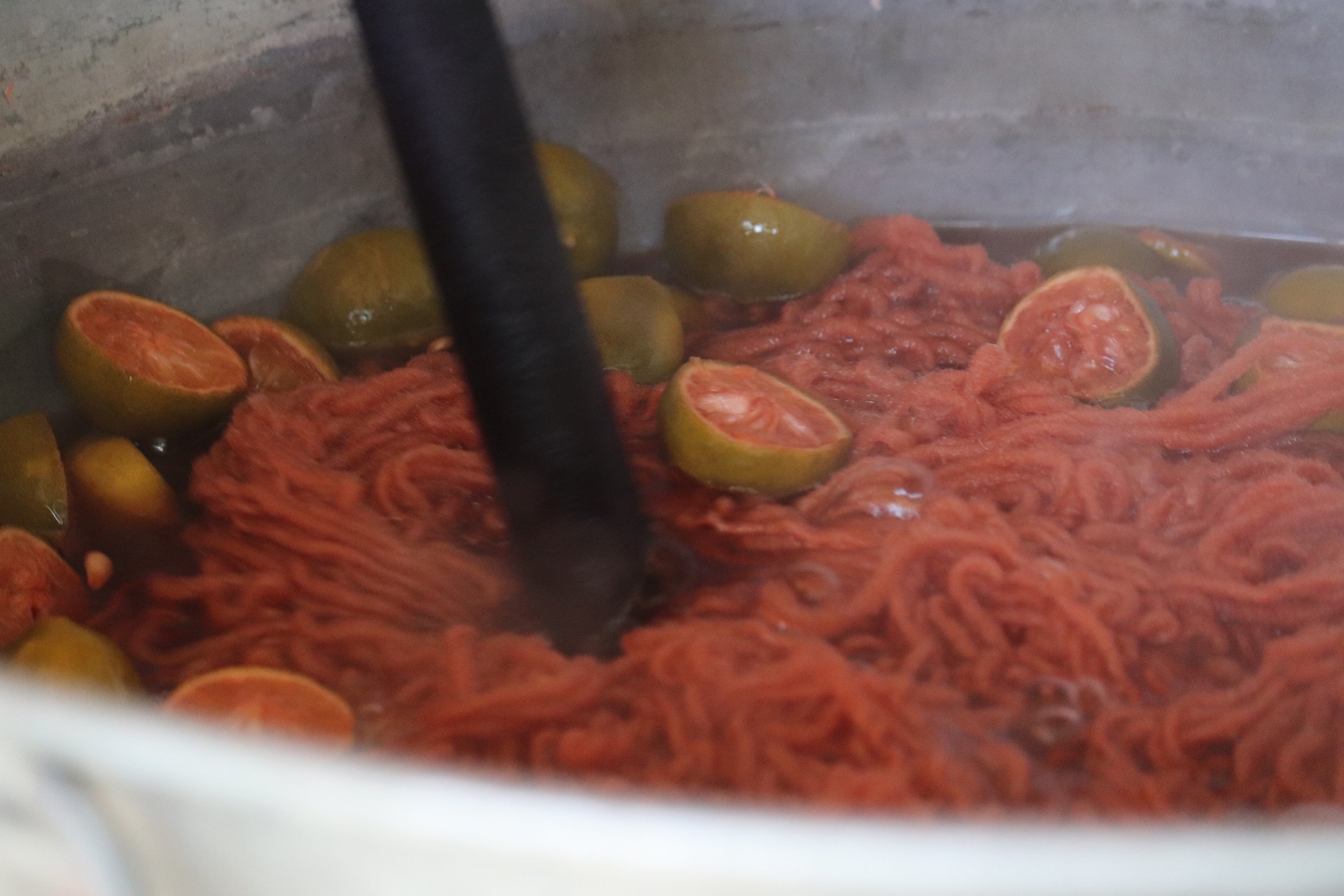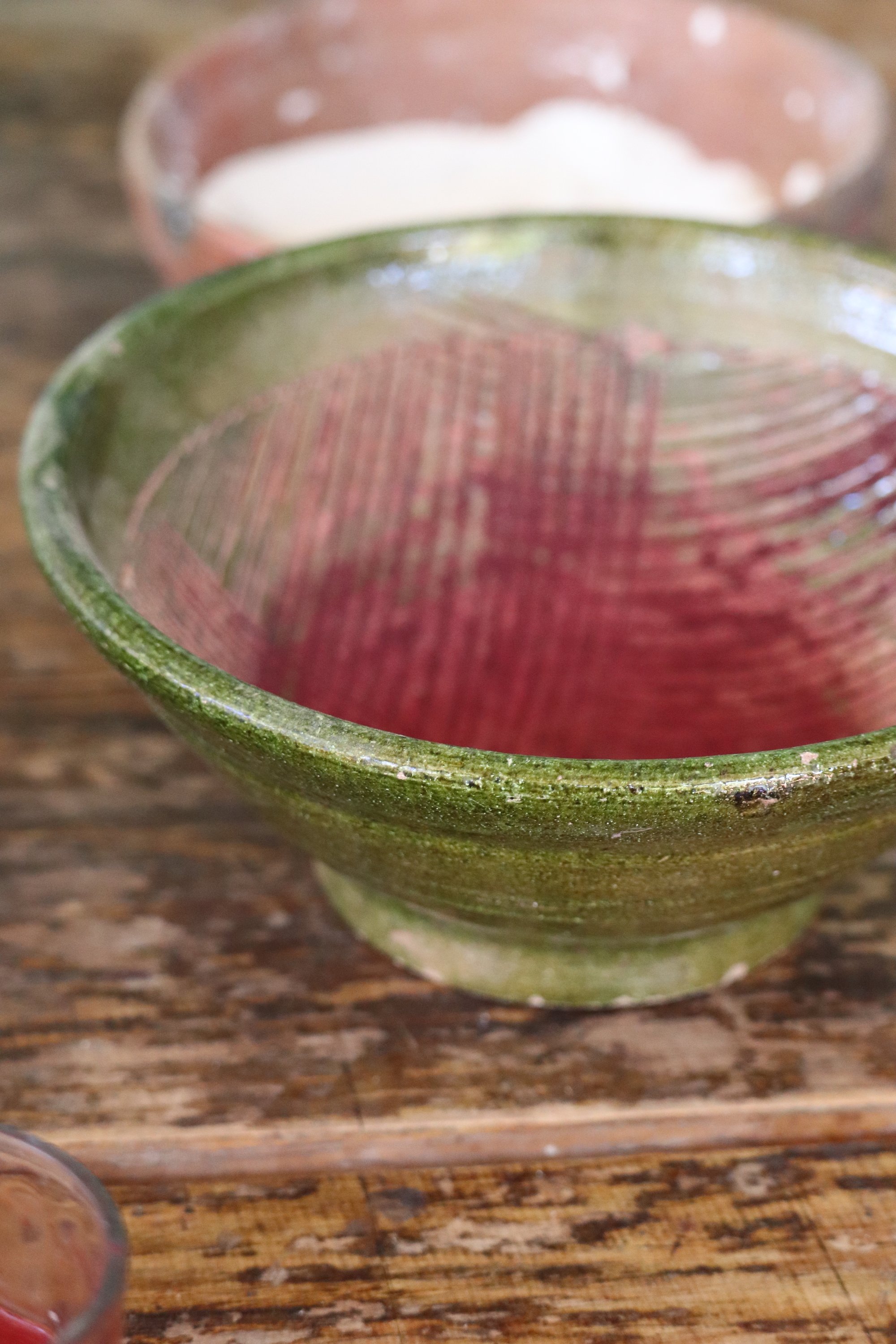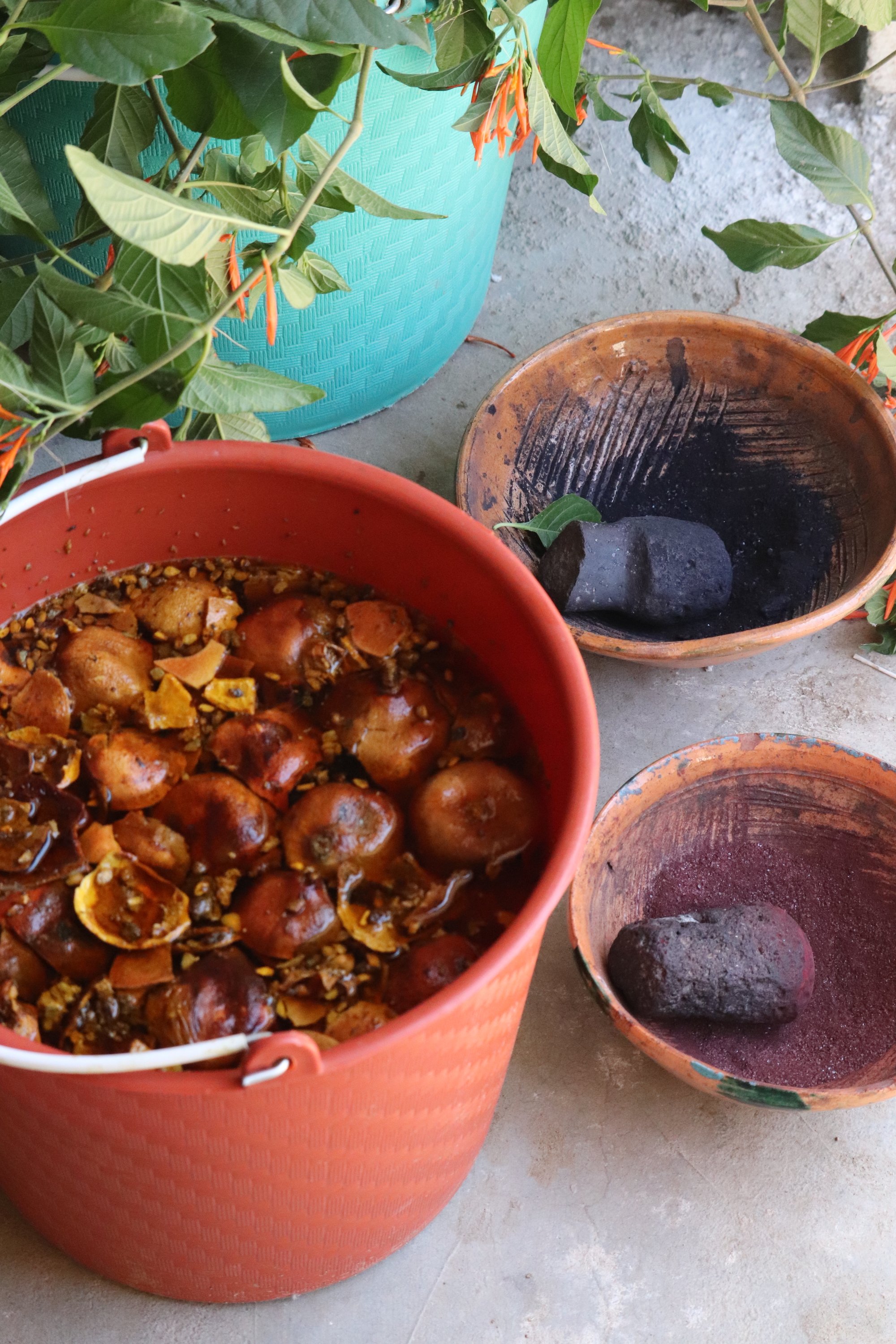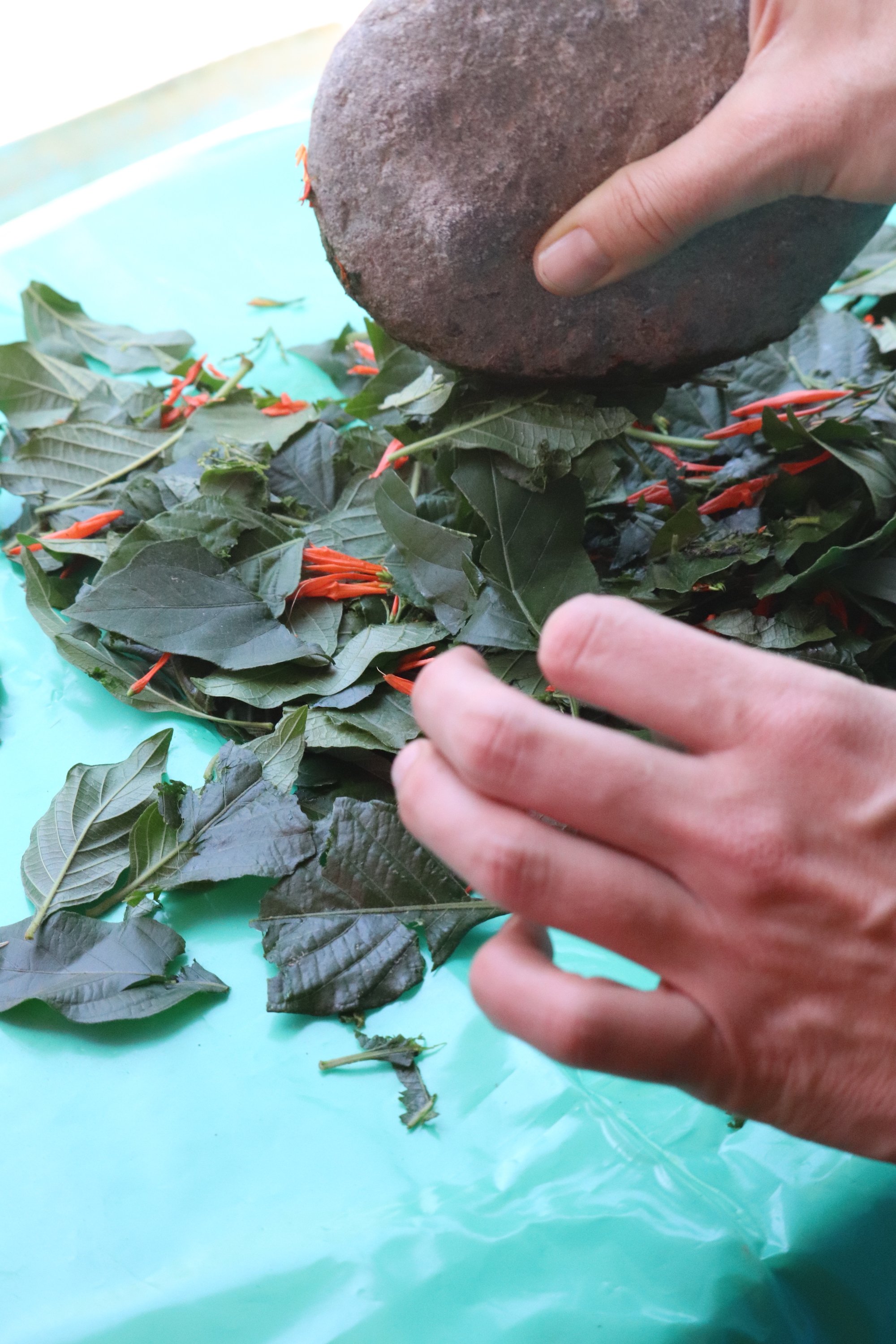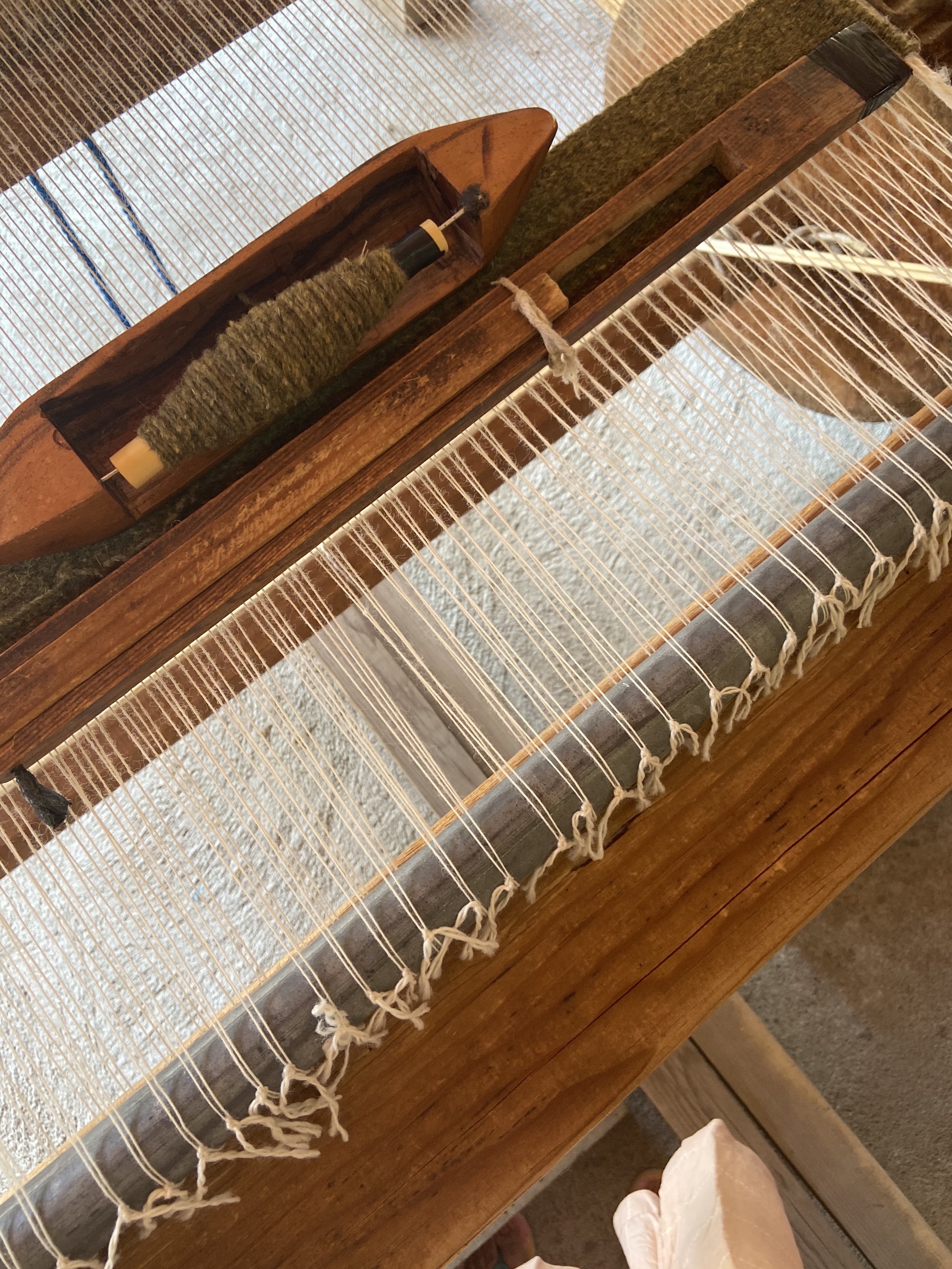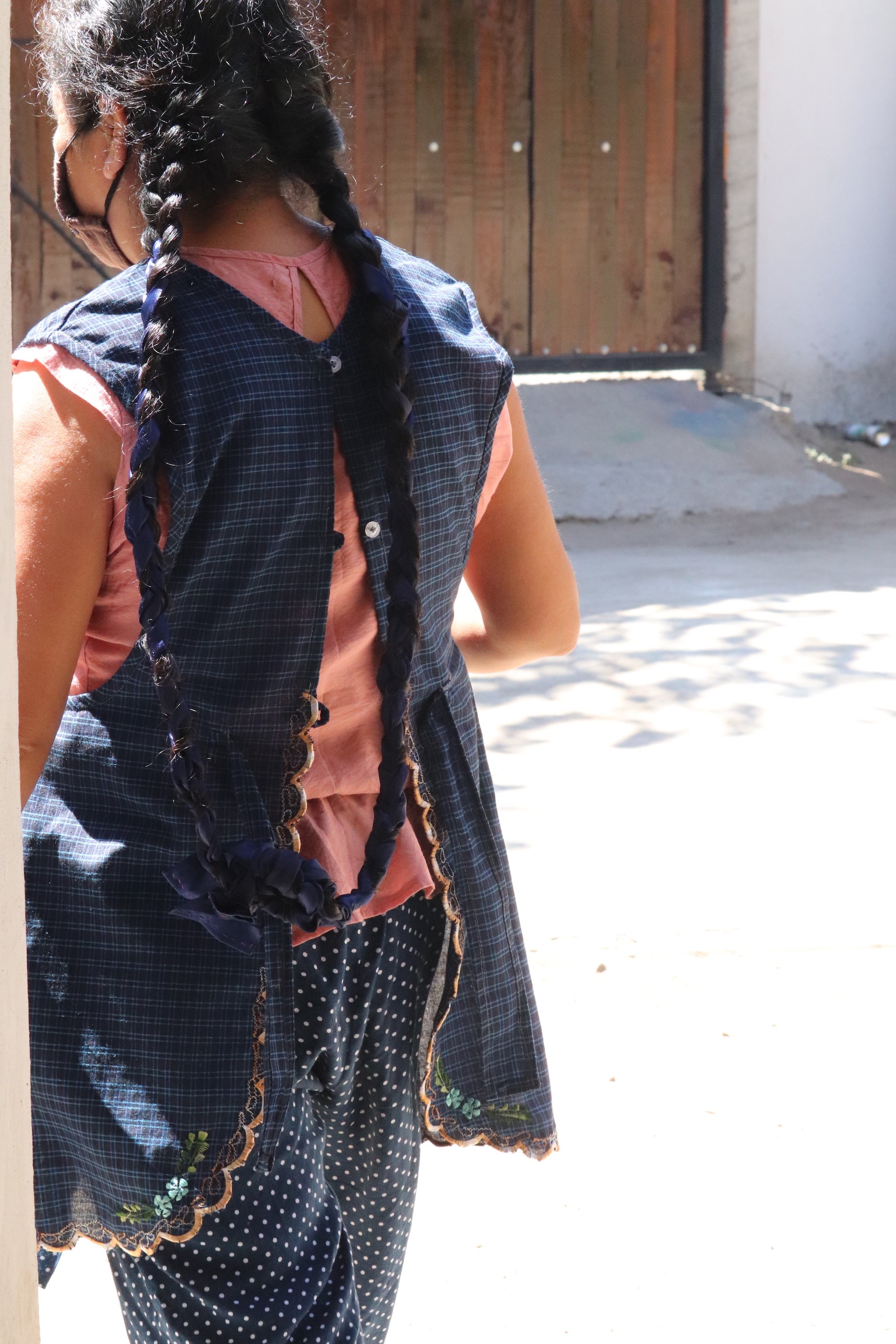Textile and Traditions of Mexico
Stepping back through time
One of the greatest allures of nature is its endless bequeathals that clothe our bodies and adorn our homes. In the rugged mountainous state of Oaxaca, the southern Mexican home to various indigenous groups of people, the craft of textile-making is an ode to nature and the intricate relationship of the indigenous communities with natural resources. The earth is not only people’s home that requires looking after but also the repository of all wealth, all flora and fauna that provide food, sustenance, colours, and medicines. The historical backdrop of Oaxaca traces great cultural wealth and a landscape rooted in traditions and artisanship. Undoubtedly, this Mexican city is a testimony of ancient crafts persisting through unparallelled global changes that have not only influenced the market and the way craft is produced but also the way in which communities in general have come to lead life.
Oaxaca continues to live slowly and sometimes that looks like a conscious effort more than a residue of complacence. In that, the role of women is unmistakable. Especially in their manner of craft revival and choosing to practise the cultural, mnemonic inheritance of weaving with local, organic yarn and dyeing them with natural colours.
Reviving antiquity
For the spirited traveller or wanderer in quest for experiences that bring a sense of connect, Oaxaca is a treasure-trove of everyday design and eternal inspiration for the craft and textile lover. The people take great pride in the traditions of weaving, dyeing, and embroidering that merge past and present material cultures in a fast-changing contemporary world. This knowledge system that binds textile practices with the natural world has been evolving from the days of the pre-Columbian, Mesoamerican civilization, when textiles had significant ceremonial and everyday uses. The iconography, symbolism, and ethnographical elements involved in weaving and dyeing have indeed undergone a transformation under colonialism and industrialization, and subsequently by mass marketing trends of the late 20th century.
It is the resurrection of ancient, almost primordial craft traditions despite these sweeping changes of economy and society that leaves a lasting impression of this quaint but vibrant place. Several organizations are to be given credit, one of them being Thread Caravan, founded by Caitlin Garcia-Ahern, a creative endeavor supporting artisan communities through curated travel experiences comprising immersive, educational programs and community-based workshops rooted in the ethics and aesthetics of slow travel and slow living.
Enabling community transformation
Prior to modern weaving businesses and co-ops, communities banded together, especially women, (specifically those who were unmarried, widowed, or with husbands who had migrated for work) who were caught in exploitative middlemen practices and forced to sell their work at unsustainable rates. In previous decades, the Oaxacan weaving communities fought hard against corrupt grants and getting bossed around by bureaucracy who did not take them seriously. These collectives began to gradually gain respect and credibility from diversifying their products, expanding from rugs to bags, totes, and pillows, creating a conscious and intentional shift in the textile economy while proving the undeniable resilience of women at the same time.
Thread Caravan takes this into account and builds equitable growth opportunities, emphasizing women's rights, reforestation through carbon offsets, ensuring fair wages. Their dedication to culture and education reveals how production is considered and understood in the context of the local market as well as international travel.
As upholders of indigenous cultures providing cross-cultural transactions, their decentralized and hyperlocal model of working brings the art and the artist closer to form a tangible bond while enabling the preservation of craft and customs passed down through generations. The focus really is on living traditions, offered to redefine a traveller’s experience through immersive understanding of the people and their everyday cultures. Such an intentional approach to travel, art, and culture fulfills the need for social development without compromising on the agency of the communities.
Weaving ancient tales
Another example of women-led intervention that has been able to provide a meaningful shift in the craft landscape of Oaxaca is the indigenous cooperative called Vida Nueva from Teotitlan del Valle, Oaxaca, operating for the last 20 years. Founded by Pastora Asunción Gutiérrez Reyes, it has helped to positively transform the community by empowering women artisans to perform their inherited craft traditions in a meaningful way. While men have historically been the main members of the weaving community, the textile tradition of Oaxaca is deeply connected to the women folk. It is they who become the loci of the historical craft revival, redefining the craft sector through approaches and creative energy that may be said to be influenced by feminine attributes.
Pastora leads 20 women who work on old looms with no government intervention. Their work is a testament to the enterprising will against patriarchy and cultural appropriation. From their struggles in a male-dominated weaving community to taking their crafts to the pueblo (town), their financial independence was forged through strength and overcoming many hurdles. Our tryst with the women of Vida Nueva was nothing less than picture-postcard experience of time travel and old world living summed into one. The artistic integrity of the artisans is fascinating; a day at their atelier can be nothing short of a lesson in indigenous methods of dyeing from natural produce, both flora and fauna, resulting in a stunning array of colours one may never have known could be extracted from the natural world.
The magic of natural dyeing
The women artisans practice daily alchemy as they spin raw yarn, dye them, and weave beautiful cloths out of them. Their homes are sites of ancient practices coming to life and indigenous knowledge systems being preserved in a continual, evolutionary fashion. From finding the various natural sources for colorants to preparing the hot, salted concoctions for dye baths, they depend on what the land gives them. Spending time with Pastora, we got a peek into the old world customs of the local community that utilizes numerous plant and animal products for extracting a stunning range of colours. As we ground the cochineal to a fine powder, or boiled the yarn in a vat full of coloured water (with lemons for company, to add a certain tint at times), we stood witnessing millenia old techniques that have stood the test of time.
It is common for the artisans to offer prayers to mother earth while taking the necessary plants for dyeing; they communicate with and celebrate the bounties of nature, evoking a symbiotic relationship between the natural world and craftsmanship. The red of the cochineal, the green of dried pericons, and the luxurious chocolate brown from pecan nut shells – is craft not the most basic expression of nature–human connect?
The carefully brewed vats of dye simmering on open flames consist of specific ratios and selected combinations of plants, seeds, fruits, and insects – a process requiring not only patience and care but also knowledge and intuition acquired after years and years of observation, learning, and community practice. Other typical dyes used by the community include indigo, pomegranates, marigolds, lichen, and mesquite. A dye colorist is truly a modern-day chemist, balancing acids and alkalis, keeping in tune with oxidization rates as skeins are dipped and pulled until pigment seeps into the fibres.
It is also interesting to notice how these colours derived from nature have unique manifestations in different fibres. Intuitive proportions present new colours, while exposure to sun and fading of the colours imparts a sense of history to every piece of cloth. That indigenous identity always possesses a strong connection with the land is evident in many rituals of the people, such as burying the umbilical cords in the earth to symbolize the spiritual connection between human and earth.
The symbolism of motifs and adornment
A journey discovering the textile traditions of Oaxaca cannot be is incomplete without a keen appreciation of indigenous clothing and adornment. Women’s clothing is, arguably, the most intriguing textile takeaway from Oaxaca. The examination of everyday clothes offers insights into the living traditions, ancient technologies, and everyday customs. The bold shades, for example, celebrate indigenous Mexican culture and translate onto the textile in the form of various patterns, motifs, and embellishments.
The rich embroidery of the traditional tripartite garments, especially of the huipil (apron), evokes both intrigue and fascination, and reminds us closely of the maximalist craft expression of the South Asian world. Did you know that the brocaded patterns of flowers on the huipil from the Ometepec region of Guerrero recall a 16th century description of a garment worn by an effigy of a Mesoamerican goddess of flowers named Xochiquetzal, who was the patroness of painters, embroiderers, weavers, silversmiths, sculptors, and all those who imitate nature in crafts and drawing? Another symbolic allusion to traditional Mexican clothing is the allusion of the three-part attire comprising the crown, the top, and the skirt can perhaps to the three-world cosmology: the world on the earth’s surface located in the middle, a world above with the stars, and then a world below our surface.
While florals are quite popular as textile symbols, geometric symbols are clearly the dominant theme in weaving. One of the most common motifs is greca (Spanish) or xicalcoliuhqui (Nahuatl). This stepped fret design is composed of three or more steps connected to a spiral. It was found in murals and architecture, but most importantly on textiles. Associated with many meanings and without a coherent interpretation, it could refer to the Aztec serpent-deity, Ehecatl; or the philosophical cyclic movement of life and its phases. It is also believed to be a representative of the connection between the sun and the earth.
Finding Frida
A lot of these Mesoamerican symbology and Zapotec material culture was celebrated by the surrealist artist, Frida Kahlo, a painter who is today a global fashion icon in equal measure. Kahlo was seen throughout her life adorning traditional Mexican attire with the characteristic braided hairstyle that is another important aspect of Zapotec womanhood. The way in which a woman braids her hair conveys her marital status, for instance, pointing to symbolic practices of honour and identity inherent to many traditional cultures. Her artworks are a testimony to this rich cultural environment wherein textile and indigenous attires are often an expression of the abundant tropical environment of the place. Frida imbibed her Tehuana roots from her mother’s side through bold colours and detailed motifs that are like the craft canvas of the natural landscape of Oaxaca.
In Conclusion
The indigenous textile practices of Oaxaca are inseparable from a primordial connection to Mother Earth. Every region and ethnic group of Mexico have many varieties of textiles, distinct patterns, and design symbols. While most pre-Hispanic artefacts were destroyed by the forces of colonial power, the daily use of traditional textiles has survived the test of time. In an era of mass-produced paraphernalia, there is a global nostalgia for artisanal, handmade material culture.
Recent digital sub-cultures like ‘cottage-core’ are efforts in reimagining non-urban environments and sustainable lifestyles. The textile traditions of Oaxaca are a prelude to the biophilic integration of nature and culture in indigenous civilizations of the world. They mirror the linguistically and ethnically heterogenous group of people, and have risen to reclaim their rich civilizational wealth, and women are at the front of this movement. Initiatives like Thread Caravan and Vida Nueva Cooperatives help to illustrate the role of textiles in our cultural psyche. The Oaxaca experience is a sojourn — mapping the symbolic (and symbiotic) relationship between nature and women, between creation and creator, between visual anthropology and spirituality.

